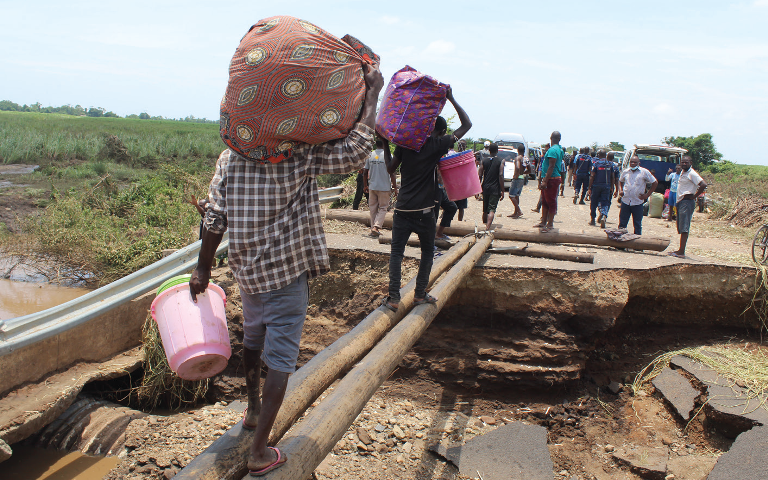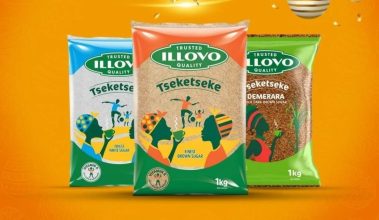Industry outlines economic risks
The Malawi Confederation of Chambers of Commerce and Industry (MCCCI) says economic recovery and growth face considerable risks steaming from the Covid-19 pandemic, macro-economic imbalances and weather-related shocks.
In its January Economic Review Report, MCCCI observes that although there are prospects of continued good performance of the agricultural sector in 2022, the downside risks to the growth prospects are prevalent.

Said the Chamber: “The omicron variant has exacerbated the prevailing global supply chains disruptions and this has weakened economic activity further and contributed to elevated inflation pressures, adding to pressures from strong demand and rising energy prices.”
According to the Chamber, the emergence of new shocks such as Tropical Storm Ana has also added more pressure on government expenditure and the response needed to assist people affected by its impact will most likely take away financial resources that could have been used for public investment to aid the recovery of the economy.
While indicating that some of the challenges seem to be short-lived, the MCCCI, however, says the challenges pose significant risks to the economy and could cause serious scars to the economy.
Reads the report in part: “For instance, the new variant appears to be associated with less severe illness than the Delta variant, as such the
PHOTOGRAPH: NATION
Annual credit to the private sector declined by 18.6 percent in the fourth quarter (Q4) of 2021 from 21.7 percent in the Q3 of 2021, figures from the Reserve Bank of Malawi (RBM) show. RBM in it’s the Monetary Policy report issued recently, said the sectoral credit concentration remained high and dominant in three sectors of community, social and personal services, wholesale and retail trade, and agriculture, forestry, fishing and hunting.—RBM the issue around illegal sugar and how Malawi is structured neighbouring countries has purely been dependent on the exchange rate among countries.
“During the last two years we have heavily seen this impact. Our best calculated estimate has been ranging between 30 000 tonnes and 35 000 tonnes. This is just looking at Zambia.
“The pricing structure in Zambia is the biggest threat when it comes to any devaluation. What we have seen over the last eight months or so is that the Zambian Kwacha appreciated against Malawi Kwacha by 19 percent. This has significantly created a cover in the sugar coming from Zambia to Malawi,” he said.
Msimuko said the company has since resolved to keep addressing the challenges as they come.
“We have plans to have special packets to fight when the trend resurfaces and we will still go out with our commercial initiatives to ensure that we reach the furthest places in the country. We are also intensifying on massive distribution ensuring that our sugar is available before competition,” he said.
In the year ended August 31 2021, the sugar manufacturer posted a profit after tax of K20.4 billion, up from K2.7 billion in 2020, representing an increase of 650 percent. The company, which annually cultivates around 1.8 million tonnes of cane, which together with approximately 350 000 tonnes produced by Malawian smallholder farmers, has lately suffered the costs of illegal sugar imports, increased competition, pricing constraints and challenges with export quality.





